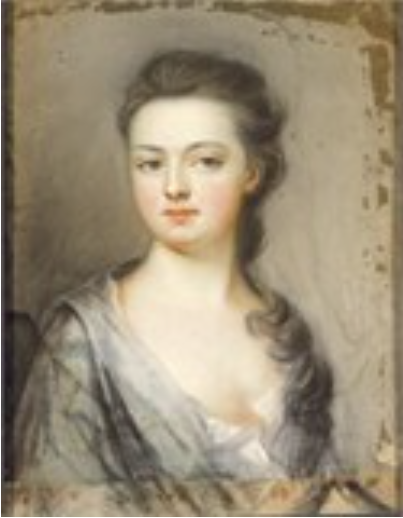

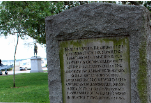
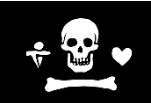
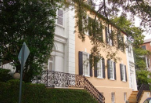

THE PROPRIETARY COLONY:
Rice, Indigo, Expansion, Pirates and the First American Revolution You Never Heard About in School
1700-1720
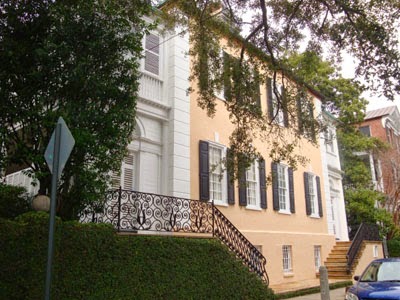
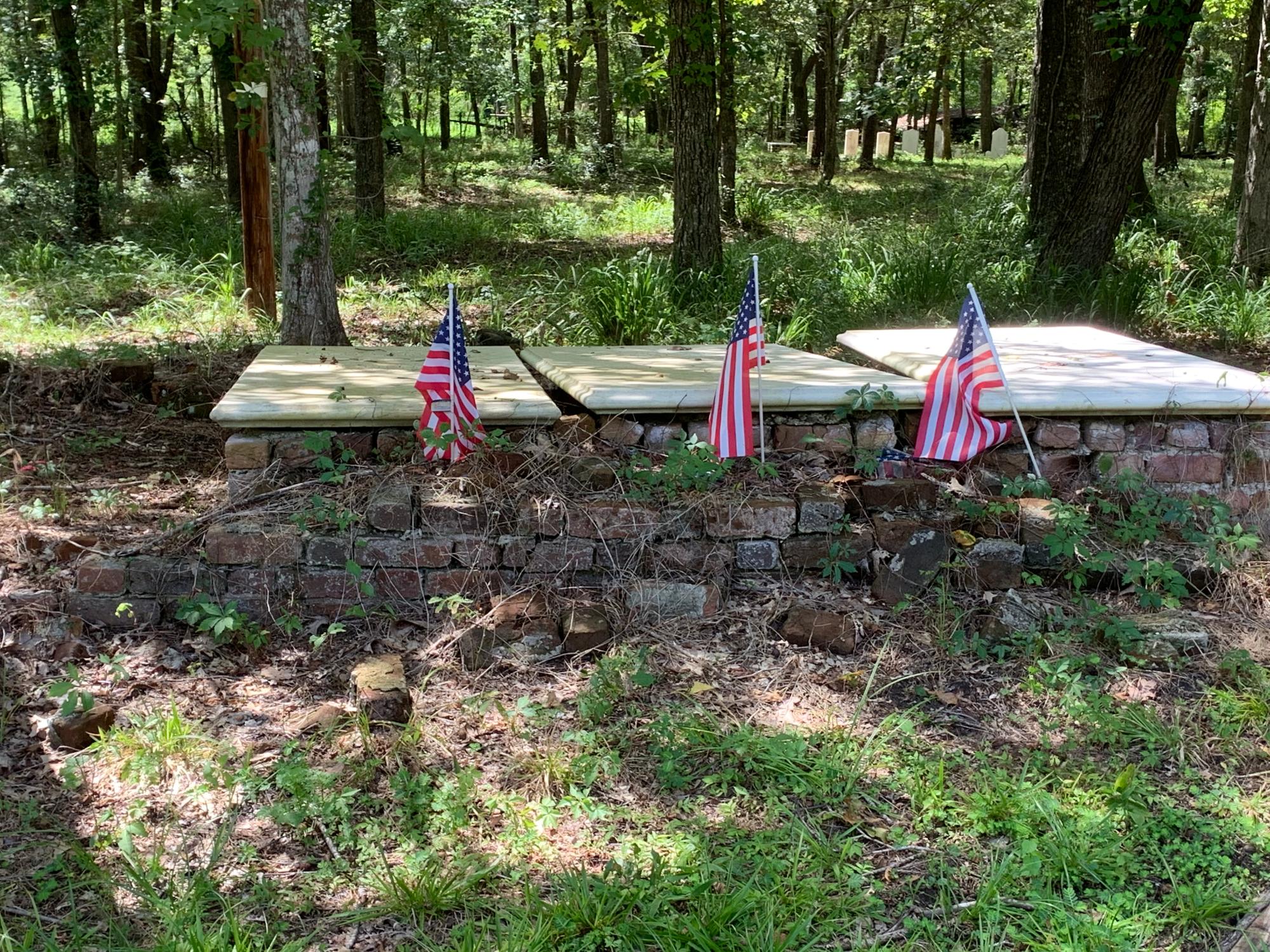
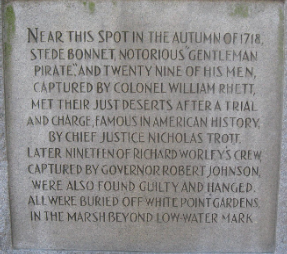
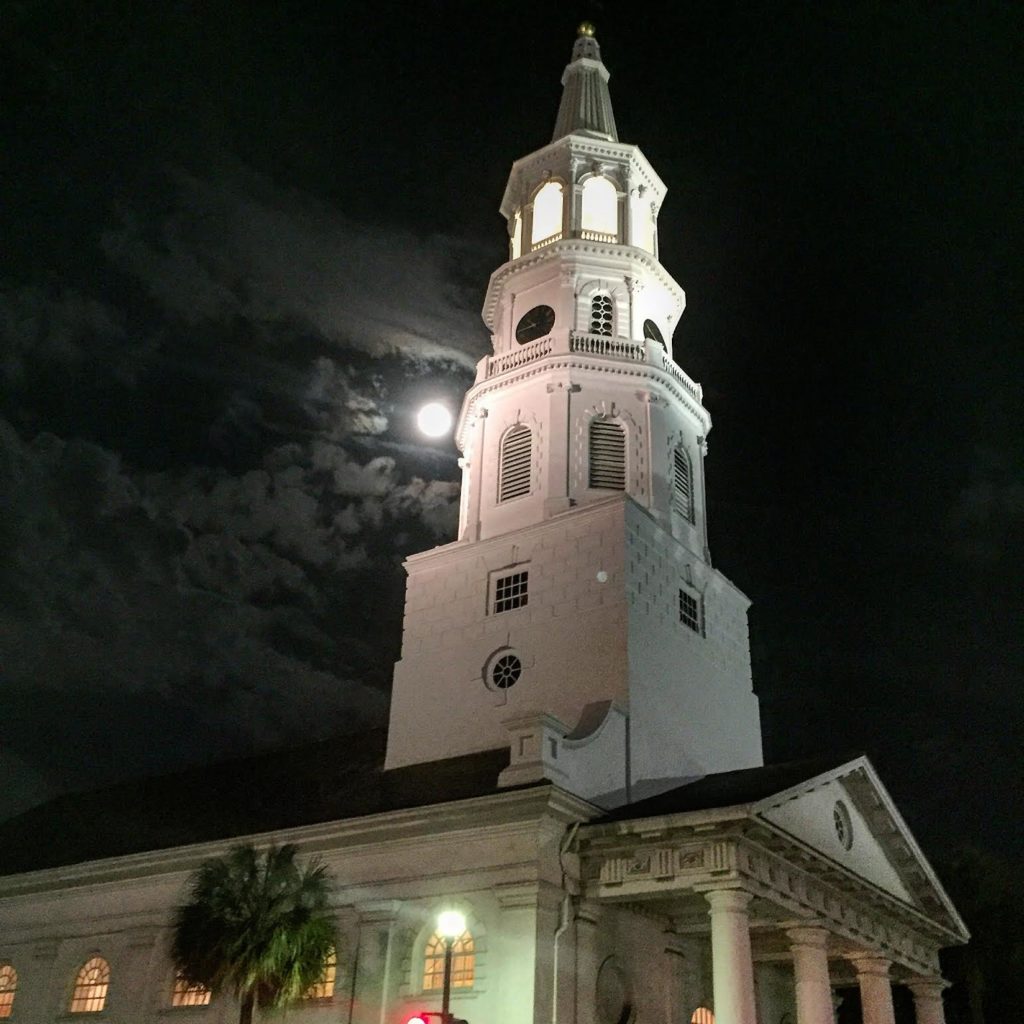
1770
March 1 -- A committee appointed by members of the Charleston Library Society recommended that fundraising should be undertaken for the creation of a school, a predecessor of the College of Charleston. (Source: A History of the College of Charleston, p. 11)
1704
Jan. 6 -- Ruth Brewton, the sister of Miles Brewton and Rebecca Brewton Motte, future wife of S.C. Commissary Gen. William Pinckney, and mother of Col. Charles Pinckney, was born.
1707
Nov. 24 -- Land between the Combahee and Savannah rivers was set aside for the Native American Yemassee tribe.
1708
Sept. 17 -- Proprietary Gov. Nathaniel Johnson sent a report to the Board of Trade in London with the good news that the Charles Town colony was flourishing, with a population of 9,580 - 3,960 of which were free whites, 120 white indentured servants, 1,400 enslaved Native Americans, and 4,100 enslaved Africans and African Americans. (Source: Charleston! Charleston!, p. 28)
1709
Nov. 21 -- Stede Bonnet married Mary Allamby in Barbardos.
1711
Feb. 20 -- The Rev. Francis LeJau wrote a letter to his sponsors at the Society for the Propagation of the Gospel in Foreign Parts, warning them of impending trouble with the Native Americans in the St. James, Goose Creek Parish, saying "It is evident that our traders have promoted Bloody Wars this last year to get slaves and one of them bought lately one hundred of these poor souls." The Native America slave trade would lead to the Yemassee War of 1715, as LeJau predicted. (Source: Goose Greek: A Definitive History, Vol. 1, page 52)
March 1 -- Because the congregation of St. Philip's Anglican Church was outgrowing its building at the corner of Broad and Meeting streets, the colonial Assembly passed an "Act for Erecting a New Brick Church" on the east side of Church Street, just above Queen Street.
1715
April 15 -- Angry at the growing slave trade of Native Americans with the West Indies, the Yemasees, Creeks, Catawbas and Choctaw tribes aligned to attack frontier settlements near Pocotoligo, about 80 miles southwest of Charles Town, on Good Friday. They killed about 100 settlers. One of them, trader and Indian Commissioner Thomas Nairne, was slowly roasted to death.
April 17 -- The Rev. Francis LeJau, Doctor of Divinity and Rector of the St. James Goose Creek (Anglican) Church, greeted his parishioners on Easter Sunday, the first service at their new church.
May 6 -- Following the Yamasee's Good Friday Massacre at Pocotoligo, Royal Gov. Charles Craven ordered a group of paid soldiers to assemble under the command of Col. James Moore II, directing them to "follow after, take and destroy all our Indian enemies." (From the South Carolina Colonial House Journal, p. 388, quoted in The Goose Creek Bridge: Gateway to Sacred Places, pp. 51/52)
1718
Sept. 26/27 -- A patrol of pirate bounty hunters under the command of Colonel William Rhett spotted Stede Bonnet in the Cape Fear River inlet. (Rhett was actually looking for another pirate, Charles Vane, at the time.)
Oct. 3 -- Col. William Rhett returned to Charles Town, having captured pirate Stede Bonnet and his crew in a battle in the mouth of the Cape Fear River.
Oct. 28 -- Chief Justice Nicholas Trott convened the Court of the Vice Admiralty in a private residence to try the case of the pirates who had recently been captured along with Stede Bonnet. (Source: Charleston! Charleston!, p. 35)
Nov. 5 -- Proprietary Gov. Robert Johnson took four ships to attack another group of pirates off the coast and a dramatic battle ensured. (Source: Charleston! Charleston,! p. 35)
Nov. 8 -- Twenty-two (accounts vary a bit) of Stede Bonnet's crew were hanged at what is now White Point Gardens.
Nov. 10 -- Stede Bonnet stood trial for piracy with Judge Nicholas Trott presiding.
Nov. 13 -- Several more, perhaps seven, of Bonnet's crew were hanged at White Point Gardens.
Nov. 19 -- The trial began for 19 pirates captured by Proprietary Gov. Robert Johnson before Judge Nicholas Trott.
Nov. 24 -- Judge Nicholas Trott sentenced the 19 pirates captured by Gov. Robert Johnson to death by hanging.
Dec. 10 -- Stede Bonnet was hanged for piracy at White Point Gardens.
1719
Nov. 17 -- In what some call America's First Revolution, Carolina's colonial Assembly met in Charles Town and disavowed further allegiance to the Lords Prioprietors in favor of becoming a Royal Colony. The Assembly declared itself "the government until His Majesty's pleasure be known."
Dec. 21 -- The Assembly proclaimed Gen. James Moore Jr., who had led a successful attack on the Tuscarora tribe during the Yemassee War, as provisional governor until they received further directives from the Crown.

